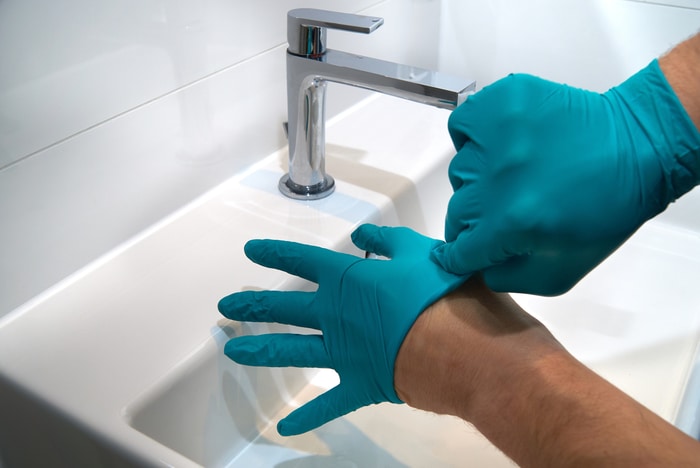
As EMS professionals, we know how important it is to maintain a healthy lifestyle. Despite this fact, many of us fall short. According to the National Fire Protection Agency, 42 percent of firefighter deaths that occurred in 2016 were caused by overexertion, stress, or some medical cause.¹ In many cases, the deaths were cardiac-related, brought on by an unhealthy lifestyle and lack of physical fitness.
This is a frightening statistic and underscores the need for those working in the high-stress environment of fire and EMS to maintain good overall health.
But what about the health of your equipment? What are you doing to ensure your equipment is operational and ready? And are there areas in which you can improve? When it comes to lifesaving equipment, one of the most critical tools to maintain is your medical suction unit.
A Good Start
At the beginning of each shift, you can set the tone for your day. If you dump your gear on the truck, make a beeline for the coffeepot, and put off your checkout, you risk being unprepared for the next critical patient. How can you know your equipment is functioning if you haven't even looked?
Just because the off-going crews tell you "everything's there," it does not mean that everything is working. The only way you can ensure your equipment is ready is if you check it out yourself.
When checking your portable medical suction unit, here are our recommendations:
- Don't assume it is working. Try to turn the unit on: Unless you actually power up your unit, you will not know if the batteries are charged and functioning. So, power it up when it is not connected to an external power source. Also, periodically, run it for an extended period to ensure that it will do the same when you need extended run time in the field. Then, immediately plug it back in to charge! There's nothing more embarrassing, and dangerous, than cranking on the suction unit, only to find the batteries dead. Because there is no other piece of equipment that can take its place, your portable medical suction MUST be ready when you need it. See your SSCOR operation manual for complete periodic test instructions.
- Make sure the unit is clean: You wouldn't want someone using a dirty suction catheter on you, would you? NEVER reuse disposable accessories. This not only includes catheters but tubing and canisters as well. Reused and old canisters can become brittle and implode. Look for the expiration date on the canister if you do not use your suction unit regularly. Suction units are inherently prone to pathogens. They come in contact with blood, mucus, and vomit, all of which can contain dangerous organisms. Be sure to disinfect your unit after each use, even if it looks like nothing made it into the tubing.
- Follow the manufacturer's recommendations: Be sure to familiarize yourself with your portable suction unit's literature. This will ensure you maintain the warranty and prevent damaging your unit. Never submerge your unit when cleaning. Water may damage the sensitive internal components.
On-Scene Health
The health of your portable suction machine extends beyond your initial checkout. There are several ways you can maximize the unit's performance. Here are a few examples:
- Don't forget the accessories: Your patients are not "one size fits all." They come in a range of dimensions, each with his or her own unique anatomy. If your patient is small, with an anterior trachea, you may need a special catheter, designed for the difficult airway. If he or she is a trauma patient, with extensive facial injuries, a normal-sized catheter will probably clog. Be sure you have a heavy-duty evacuation tool at your disposal. Use a smaller catheter for smaller oral cavities, especially those of pediatrics and the elderly. Have a range of suction catheters on hand, to ensure you have the right size for each situation.
- Dial it back: If the patient is a frail geriatric or a young child, less pressure will ensure you protect fragile tissues and prevent hypoxia. Having a unit that provides adjustable pressure prevents overly aggressive suctioning by the simple turn of a dial.
- Keep it safe: Never store your unit where it will be subjected to extreme temperatures. Make sure it is secure during transport, to prevent damage from impact. Try to keep your unit dry in inclement weather—most units are water-resistant, with sealed internal components, but protect your unit from extreme moisture, when possible.
Keeping your equipment healthy is almost as important as keeping your body healthy. And because nothing can replace your portable suction machine, your best bet is to practice good maintenance, keep it clean, and keep it safe. Just like your body.
¹ 2016
Firefighter Fatalities in the United States, National Fire Protection Agency, http://www.nfpa.org/news-and-research/fire-statistics-and-reports/fire-statistics/the-fire-service/fatalities-and-injuries/firefighter-fatalities-in-the-united-states














